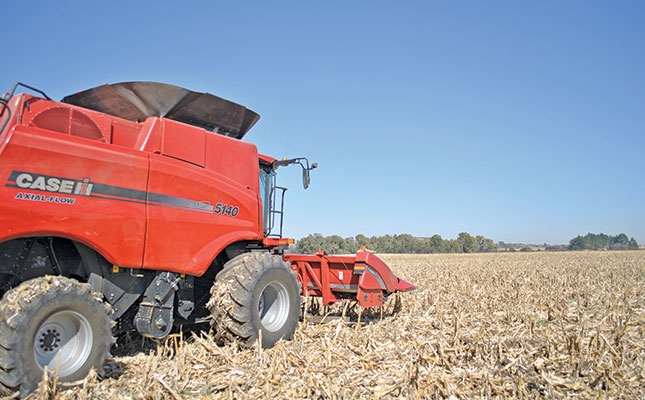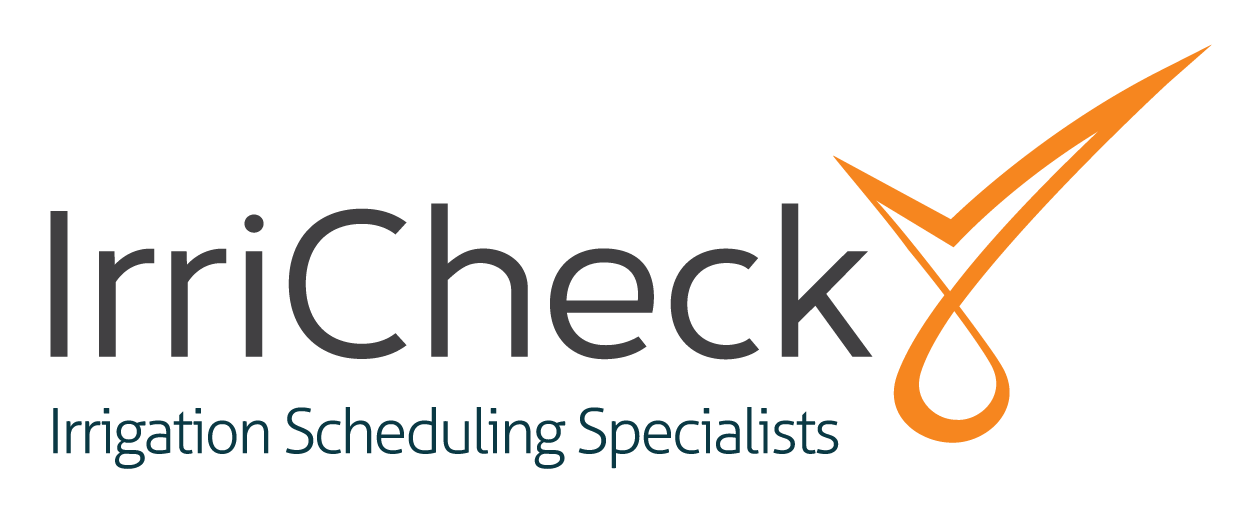
Climate-proof, no-till crop production in the maize triangle
Cocky Mokoka runs a mixed farming operation, which includes a livestock and cropping component, on the 740ha farm Seeikoeifontein near Vanderbijlpark, Gauteng. His main focus is on crops, however, with roughly 400ha dedicated to crop production.
He implements a rotational cropping programme of maize, soya bean and sunflower.
The farm is situated in South Africa’s maize triangle, an area known for producing some of the highest maize yields in the country.
While the farm is thus ideal for crop production, Mokoka decided to diversify his operation by including livestock because of the escalating costs associated with crop production.
Mokoka has been renting Seekoeifontein on a 30-year lease agreement from government since 2007.
Livestock
He runs a mixed herd of about 100 animals, but says he aims to grow his herd to about 300 animals. He also wants to include more Nguni genetics in his breeding programme, as Ngunis can be sold for their meat and hides.
Mokoka is a participant in a farmer development scheme run by the Sernick Group in Kroonstad in the Free State.
This programme gives him access to additional cattle, which he can use to increase his herd. He also supplies cattle directly to a Sernick feedlot.
Mokoka runs his own small feedlot, where he finishes off bull calves before selling them to an abattoir near him. He also supplies grass-fed cattle to a company that supplies a large retailer. Mokoka plants lucerne and sorghum as grazing for his livestock.
Crop management
Mokoka first started researching the principles of conservation agriculture more than 10 years ago, when he was considering switching from conventional crop production to a more sustainable production model that would help improve the quality of his soil.
“I came to the realisation that if I kept on tilling the land and turning the soil, I would kill the land,” he says.
He follows a no-till programme on parts of his land, while other parts are only minimally tilled. He is working on converting to no-till across the board, but as it takes time for soil health to improve, he says it is not advisable to switch directly from conventional tillage to no-till production.
He plants drought-resistant cultivars of white and yellow maize and consults the trial results of different seed companies when he needs to decide which cultivars to plant. His average yields for sunflower and soya bean are between 2t/ha and 3t/ha, while his average yield for maize is around 7t/ha.
Maize is established at a row width of 900mm. “I’m considering reducing this even further to 750mm to maximise yields even more. I use around 30 000 seeds/ha.”
Fertilisation and soil health
Mokoka mixes his own fertiliser. He never throws any away, and uses leftover fertiliser from the season before in new mixes. Fertiliser is applied at planting. When the crops are about 50cm high, he applies a top dressing.
Soil analyses are conducted every four years. Lime is then applied according to the test results.
Mokoka says that conservation agriculture is all about crop rotation, cover crops, such as cowpeas, and leaving the land undisturbed as much as possible.
“The preparation for planting in conservation agriculture is easy. Two weeks before I plant, weeds are eradicated via a spraying programme. After the weeds have died off, I plant.”
While he tries to leave the land as untouched as possible, Mokoka says he uses a ripper every three to four years to prevent soil compaction.
“The ripper does not turn the soil, but shakes it, allowing the roots of the crops to penetrate deeper into the ground.”
His fleet comprises six tractors and a combine harvester, as well as other farm vehicles.
He employs four full-time workers and 10 to 15 seasonal workers during harvesting.
The way forward
“Climate change is affecting all of us and it will have a big impact on agriculture and on the ability of farmers to produce food. Conservation agriculture is one of the tools we have to make our farms more resilient and capable of producing in spite of the effects of climate change.
“This type of farming will help guarantee food security for the country,” he says.
Mokoka stresses that it is important for him to eventually gain full ownership of the farm to ensure a future for his children.
“I’ve invested a lot in this land and I want my future generations to reap the benefit of the investments I’m making now.”
He adds that one of the biggest challenges he faces is the difficulty of securing loans through commercial banks, because he cannot use the farm as collateral. As a result, all investments he makes in his business must be funded out of his own pocket.
Advice for farmers
Mokoka’s advice for farmers who are considering switching to conservation agriculture is to start small and slowly build up the humus content in their soil, as well as improve the soil’s structure.
Fully converting to conservation agriculture from conventional agriculture practices can take up to five years, or even longer, he says.
“Take a small part of your land and convert to conservation agriculture. Then take another part and convert, until all your land is being run according to conservation agriculture principles.”
He adds that a business plan is very important, and that sticking to that plan is crucial.
“Respect the plan and follow it. However, it is also very important to review and adapt it when conditions change.”
Email Cocky Mokoka at mokokas@gmail.com.
Source: farmersweekly.co.za
